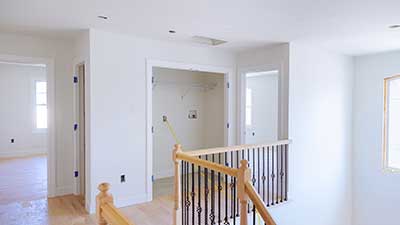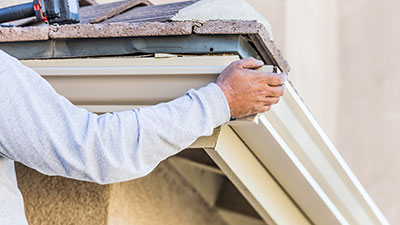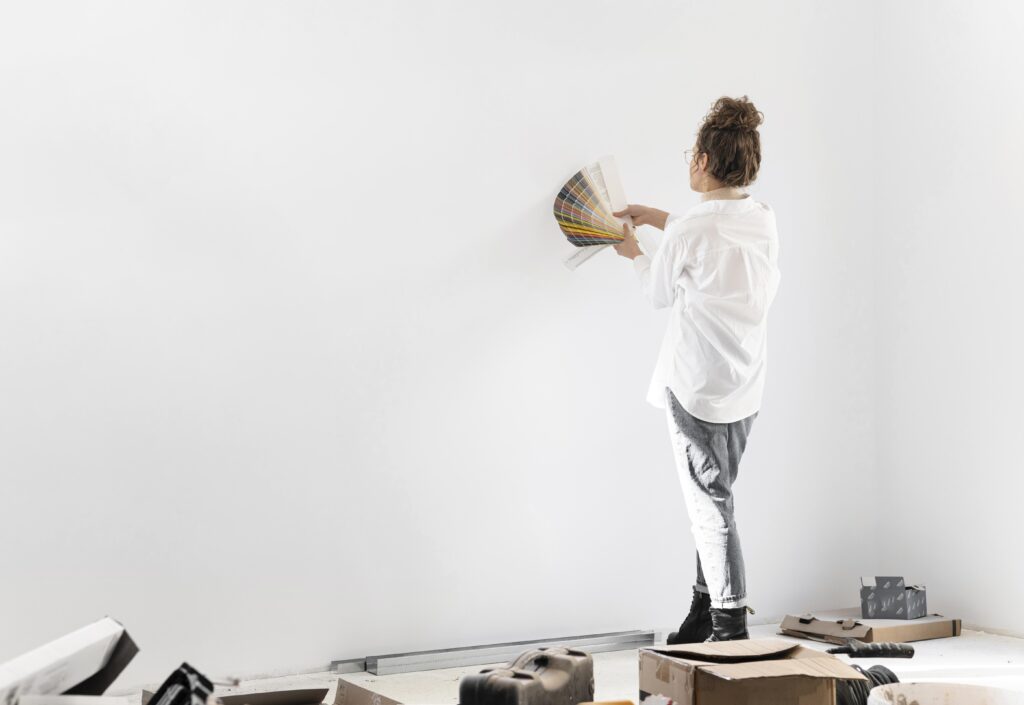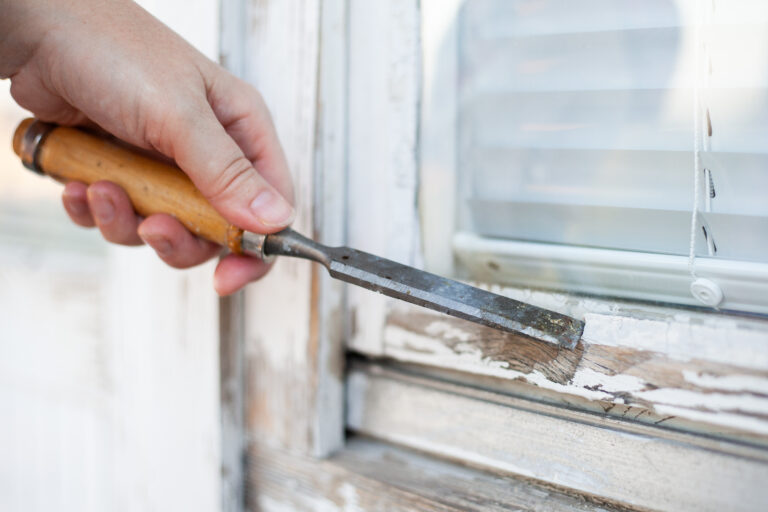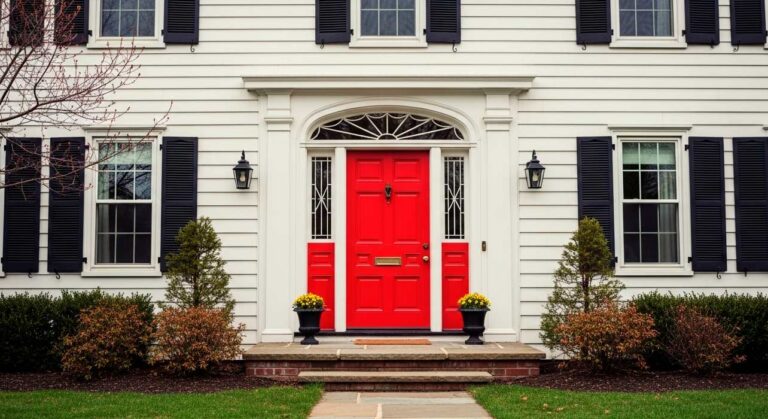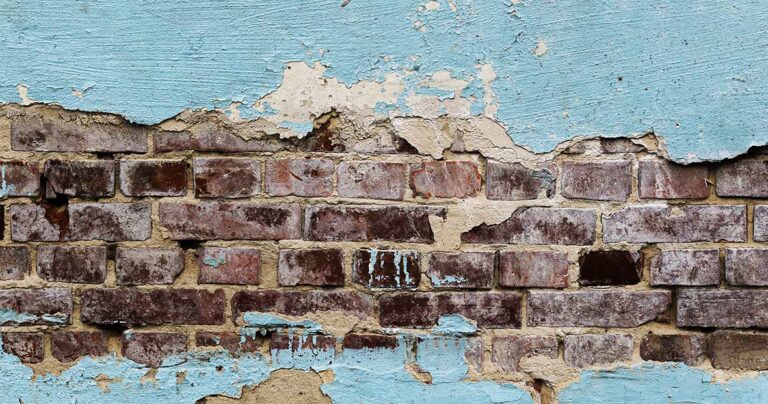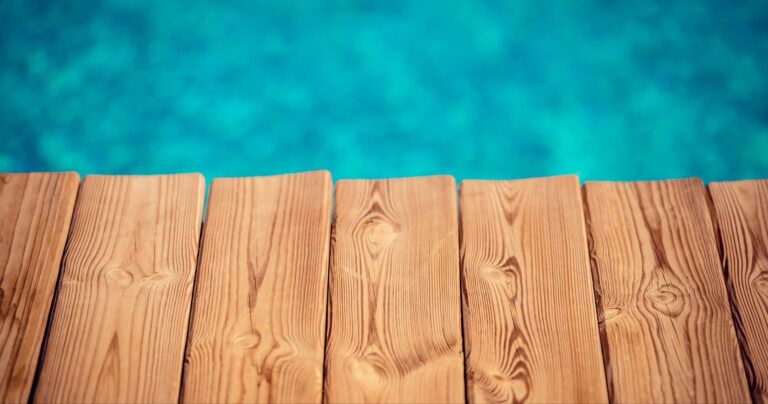Ever wonder why some walls get damaged by moisture while others do not? The difference often comes down to the type of paint used on them. Waterproofing paint provides a protective layer that helps keep walls dry and mold-free. In this post OnDemand Painters explains everything you need to know about waterproof paint and how to use it in your next project.
Key Takeaways
- Waterproof paint forms a protective barrier on drywall, helping to prevent moisture damage, mold growth, and costly repairs.
- Proper surface prep is vital when painting new drywall to ensure lasting waterproof protection and a smooth finish.
- Most paint manufacturers recommend using an airless sprayer for even coverage, especially when painting over water resistant drywall or textured surfaces.
- Green board is a great option in moisture-prone areas, but it still requires a quality waterproof paint to truly protect your home.
- You can count on us at OnDemand Painters for expert advice and application when dealing with water damage, waterproofing, and long-term drywall solutions.
- With the right tools and techniques, waterproof paint helps turn vulnerable drywall into a durable, moisture-resistant surface.
Understanding the Impact of Moisture on Drywall
Moisture is a common problem for drywall, as it can easily absorb water from humidity and spills, leading to damage such as stains, mold growth, and even structural issues over time. Just one inch of drywall can absorb up to a pint of water, causing it to swell, sag, and eventually crumble. Once mold takes hold inside wet drywall, it can spread throughout your home in as little as 48-72 hours. This makes it essential to protect your drywall from moisture to maintain the integrity and appearance of your home.
Choosing the Right Waterproof Paint
When it comes to selecting the best waterproof paint for your walls, there are several options to consider:
- Acrylic-Based Waterproof Paint: This type of paint dries quickly and is flexible, making it a popular choice. However, it may require several coats to fully protect against moisture.
- Epoxy Waterproof Paint: Known for its exceptional durability, epoxy paint is great for areas that are constantly exposed to moisture. It is more expensive and harder to apply than some other options.
- Latex-Based Waterproofing Primer: This primer is versatile and provides a good base for waterproofing paint, improving adhesion and durability. It’s easier to use and clean up than epoxy but may not offer the same level of protection in very damp areas.
How Air and Surface Temperature Affect Paint Application
Air and surface temperature directly impact how well waterproofing paint protects your walls. The ideal range is 50°F to 85°F. Cold temperatures prevent proper curing, while heat causes uneven drying. Always check the surface temperature of your drywall—cold walls can create condensation under the paint, ruining the moisture barrier.
In cold weather, warm the room gradually before painting. During hot days, paint early morning and keep air moving with fans. High humidity? Run a dehumidifier first. Taking time to create the right conditions prevents paint failure and saves you from expensive repairs later.
Choosing Between Water Resistant Drywall and Regular Options
Water resistant drywall (green board) offers advantages over standard drywall in moisture-prone areas. Its water-repellent paper provides basic protection, but it still needs waterproofing paint to create a complete moisture barrier.
Regular drywall plus waterproofing paint works fine for most rooms. Save water resistant drywall for bathrooms, kitchens, and laundry areas with daily moisture exposure. The combination of green board and quality waterproofing paint gives maximum protection.
For extremely wet locations like shower walls, consider cement board—the most moisture-resistant option available.
Selecting Tools and Paint for Waterproofing
Most paint manufacturers suggest using an airless sprayer for an even application on surfaces like textured drywall or cement board. This method can cover large areas effectively and manage detailed textures efficiently, compared to the more manual approach of brushes and rollers. Nonetheless, for those who either prefer or only have brushes and rollers, achieving a comprehensive waterproof barrier is still possible through diligent application.
Preparing Drywall for Waterproof Painting
How effective your waterproof paint is depends a lot on how well the drywall is prepared before painting. This process involves cleaning, repairing, and priming the drywall:
- The first step is to ensure the wall is clean and free of dust and debris, which can be done with a damp cloth.
- Next, any cracks or imperfections in the wall should be filled and smoothed out to create an even surface.
- Applying a primer is crucial as it helps the waterproof paint adhere better and enhances its protective qualities.
Preparing your drywall for painting requires patience and attention to detail, but the effort is worth it. Properly prepared and painted walls are more attractive and better protected against moisture, helping to keep your home in good condition for years to come.
Step-by-Step Application
Preparation: First, ensure good ventilation in the room and wear the necessary safety gear. Protect any areas not being painted to avoid accidental splashes.
Priming: Apply a coat of latex-based waterproofing primer to the interior walls. This is especially important for water-resistant drywall to seal the surface and prepare it for the waterproof paint. Follow the drying times recommended by the paint manufacturer.
Painting: Mix the waterproof paint well before use. Fill the airless sprayer or a paint tray if using a brush or roller. Apply the paint in consistent, overlapping strokes for complete coverage. Pay careful attention to any textures or crevices in textured drywall to ensure moisture cannot seep through.
Drying and Additional Coats: Allow the first coat to dry fully. A second coat might be necessary for optimal protection and durability, depending on the initial results.
Care and Maintenance
After painting, follow the manufacturer’s instructions for the curing time before cleaning or interacting with the walls. Many paint manufacturers provide a warranty for the durability of their waterproof paint, but it’s important to understand the terms, as they may not cover all types of damage. Keep your purchase receipt to ensure warranty service can be claimed if needed.
For maintenance, clean the walls with a damp cloth, avoiding strong chemicals or rough tools that could damage the paint’s surface. If the paint starts to peel or show damage, retouch it promptly to keep the waterproof layer intact.
Material Disposal
Dispose of any remaining paint and materials in accordance with local regulations. Your community’s household refuse collection service can offer guidance on the proper disposal methods, helping you to manage waste responsibly and protect the environment.
Conclusion
Using waterproof paint is a smart way to shield your home from moisture and the damage it can cause. Selecting the right tools, correctly following the painting steps, and sticking to maintenance and disposal guidelines will help create a durable and effective barrier against moisture for your house. Although paint manufacturers’ warranties provide a certain level of confidence in the paint’s durability, many homeowners find that hiring OnDemand Painters saves valuable time while ensuring professional results. Our expert team handles everything from preparation to final coat, letting you enjoy a perfectly waterproofed home without sacrificing your weekends to do it yourself.
FAQs:
How do air and surface temperatures affect paint application?
Air and surface temperatures between 50°F and 85°F create ideal conditions for proper paint curing and adhesion.
What does an express or implied warranty cover for waterproof paint?
An express or implied warranty typically covers paint durability and effectiveness, but always check the fine print for exclusions.
What should I do if the waxy coating on my waterproof paint gets damaged?
If the waxy coating gets damaged, touch up the area immediately to maintain your moisture barrier protection.
Can I paint over water resistant drywall immediately after installation?
Water resistant drywall needs to acclimate to room temperature for 24 hours before applying waterproofing paint.
As the original residential consumer purchaser, do I need special documentation?
The original residential consumer purchaser should keep all receipts and proof of purchase for any warranty claims.
Can I apply waterproof paint in extreme air and surface temperatures?
Painting in extreme air and surface temperatures causes poor adhesion and uneven drying, so always wait for conditions between 50°F and 85°F.









